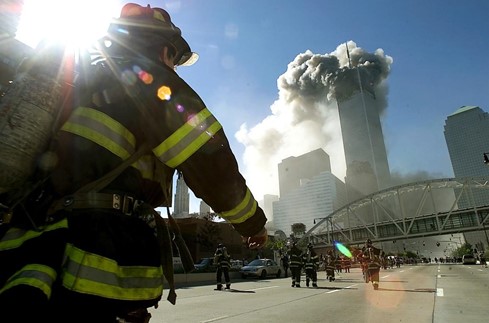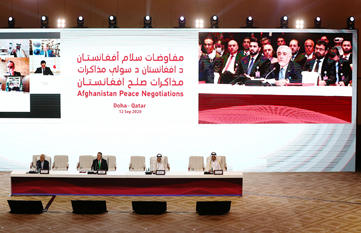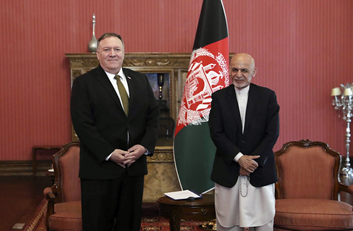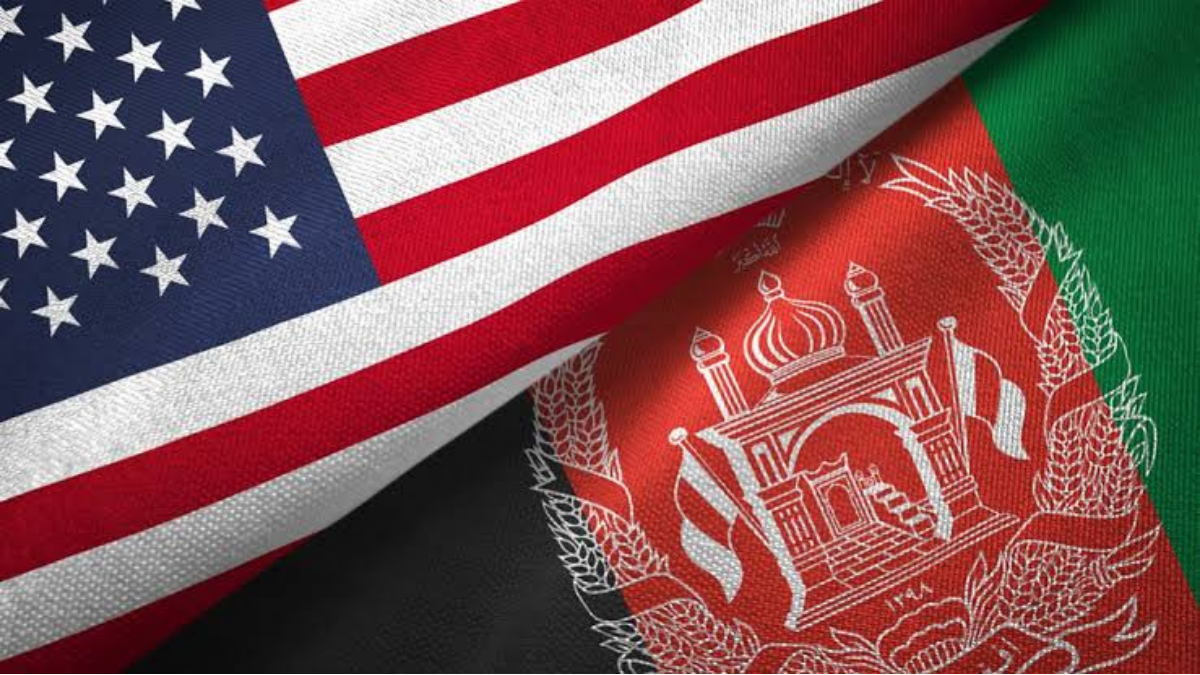Afghanistan had been in the shape of almost constant war for 20 years before the invasion of the US.
On 11 September, 2001, attacks in America killed nearly 3,000 people, and the man was quickly identified as the head of Islamist terror group al-Qaeda, Osama Bin Laden.

A month after the 9/11 attacks, the US launched airstrikes against Afghanistan because the radical Islamists, the Taliban, ran Afghanistan and protected Bin Laden and refused to hand him over.
“We did not ask for this mission, but we will fulfil it,” US President George W Bush said when he announced the first airstrikes against Afghanistan on 7 October, 2001, in response to 2,977 people who had been killed in New York, Washington, and Pennsylvania in 9/11 attacks.
For the past 19 years, the Taliban have been on the back foot. In 2009, former US President Barack Obama announced a troop “surge” that saw the number of American soldiers in Afghanistan top 100,000. This surge helped get the Taliban out of parts of southern Afghanistan, but it was not permanent, and so the Taliban were able to regroup.
In 2014, at the end of the most dreadful year in Afghanistan, NATO’s international forces ended their combat mission and left the Afghan army to fight the Taliban. But the Taliban seized territory and detonated bombs against the government and civilian targets.
A UN report in February 2019 said that more than 32,000civilians had died due to this war. The Watson Brown Universitystated that nearly 42,000opposition fighters have died.
On 12 September, 2020, intra-Afghan talks between the Taliban and the Afghan High Council for National Reconciliation were held in Doha, Qatar, 19 years after the 9/11 attacks. The initiation of intra-Afghan talks was a key element in the U.S- Taliban peace treaty signed on February 29 in Doha by U.S special envoy Zalmay Khalilzad and Taliban political chief, Mullah Abdul Ghani. This peace treaty was aimed to end America’s longest war. This agreement laid out a schedule for the final withdrawal of U.S troops from Afghanistan.
The provisional schedule was fixed for the U.S. drawdown by mid-June and for the removal of the Taliban from the UN Security Council sanctions list by end-May. The Taliban has released around 1,000 members of Afghan security forces, and the Afghan authorities have liberated over 5,000 Taliban from their custody. The two topics that still remain open-ended in the U.S.-Taliban deal are the ceasefire declaration and the intra-Afghan talks.
During the peace-talks, Afghan President Ashraf Ghani reiterated his demand for a ceasefire. He stated that the Afghanis have a clear priority, i.e., ceasefire, and they believed that if they stopped fighting, there would remain nothing to talk about. Andrew Watkins of the International Crisis Group said that the ceasefire, women’s rights, and future role, etc., were the same issues of the conflict for years.

Source: CGTN
The United States understood that the continuing violence might be problematic. The U.S also noticed that the current levels of violence were too high; however, Mr. Khalilzad believed that the best way of reducing this violence is through negotiations. Looking at the increase in violence, Dr. Abdullah Abdullah, Chairman of the High Council, gave the statistics that more than 12,000 Afghans had been killed, and another 15,000 had been injured since end-February. The figures for attacks on government security forces averaged more than 80 per week.
The Afghan team has been trying to safeguard the constitution and all the rights that women, minorities, and others have gained over the last 20 years, whereas the Taliban want to define all rights according to their elucidation of Islam.
They have also said that they want a prolongation of international aid after the withdrawal of U.S. forces.
The major challenge to the talks seemed to be emerging from internal divisions among Afghan political factions. When Ghani announced a list of members for the membership of the High Council for National Reconciliation, it was rejected by the Council’s head, Abdullah Abdullah.

Many Afghans worry that any compromise with the Taliban will jeopardize all the hard-won gains from the past 20 years, specifically the women’s rights and the protection of minorities. When they were in power, the Taliban banned women from getting an education and from leaving the house without a male guardian. But progress has been made since 2001; Afghan women have expanded their participation in public life, including politics and education. The government delegation in the peace talks includes four women.
The negotiations also deal with the subject of the withdrawal of all U.S. forces from Afghanistan, which is a disadvantage for Afghanistan as it reduces the Afghan team’s leverage even further.
“The U.S.-Taliban deal obliged the Taliban to start peace talks, not conclude them, in order for U.S. troops to depart,” said Kugelman.
Both President Donald Trump and former Vice President Joe Biden have expressed their intention to leave Afghanistan.
For now, the focus is purely on what’s on the table in Doha. Khalilzad and other senior U.S. officials wish they could help Afghanistan seize this historic moment, but they also acknowledge that the road ahead is full of complexities and that they must avoid the mistakes of the past in order to not let history be repeated.
By Virtika Choudhry
Image Sources:
- American Greatness
- CGTN




